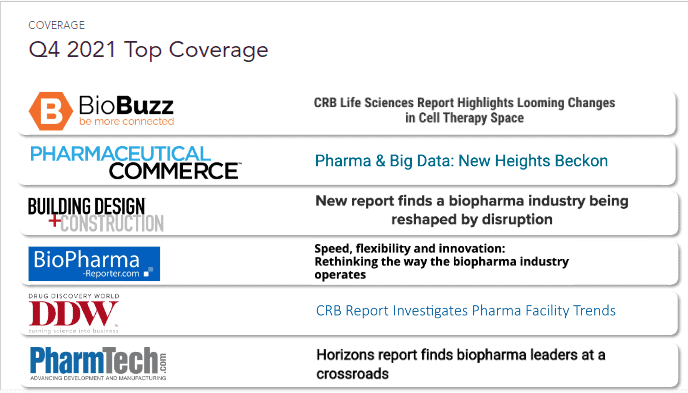Before we dive into what a public relations audit is … public relations is a term many know, but a few truly understand, and so much falls under it. One of my favorite definitions of PR is from the Public Relations Society of America (PRSA); they define PR as “a strategic communication process that builds mutually beneficial relationships between organizations and their publics.”
So what does this mean? It means that as many channels as there are to communicate with your publics (stakeholders) is the number of channels that must be addressed in your PR plan. This includes everything from earned media to owned media, social media to events, analyst relations to influencer relations, thought leadership to internal relations, and everything in between.
With so many channels to monitor and ensure they are all feeding into the overall strategy, it is essential to conduct regular public relations audits to be confident that all the moving parts are still on course to achieve your primary goal. A public relations audit takes a deep dive into your PR strategy and evaluates its effectiveness in achieving its objectives, i.e., increasing brand awareness, establishing industry leadership, or generating more leads.
There is a multitude of reasons why it is vital to conduct a public relations audit annually – here are the top three from our B2B healthcare public relations agency.
Objectives alignment
Sometimes we have a million things we want to achieve with PR – it could be getting the CEO that big shiny cover of Forbes or seeing your product mentioned in the top ten of a CRN list – and while those are outstanding achievements, do they have an impact on the main objective of the PR strategy? Furthermore, does your PR strategy’s primary goal align with your organizational objectives?
A public relations audit allows you to step back and see if all the coverage you’ve received is conducive to your objective. If the main goal is to increase brand awareness, is your organization’s name being brought up organically outside your owned/earned content? If the objective is to increase leads, have the articles driven more traffic to your website and converted into serious inquiries?
Conducting an annual PR audit also ensures that the strategy’s objective remains aligned with your organization’s objective. Unforeseen events can cause the organization’s aim to shift and sometimes change entirely, so conducting a PR audit is the perfect opportunity to analyze if the PR objective needs to go.
1. Measurement
PR has yet to standardize the meaning of success. Depending on the desired outcome of a PR strategy, there are several techniques to measure the success of the campaigns, including share of voice (SOV), website traffic, social media, content analysis, and many more.
Conducting an annual PR audit enables you to review if the PR strategy is successful based on the measurement technique you’ve chosen and determine if the measurement technique is correct. For example, if you are measuring the success by the percentage of SOV, but there has been a significant boost in website traffic and social media mentions. The PR tactics implemented or the strategy measured will need to shift.
2. Demonstrate value
Like everything within an organization, PR must feed into the bottom line. However, unlike PR’s distant cousins, marketing and advertising, sometimes the ROI can be challenging to show. Conducting an annual audit that takes a deep dive into the PR strategy and can be compared to other annual reports – such as revenue, web traffic, and stocks – will help to show patterns and correlations that can illustrate the value of the PR strategy to the C-suite, execs, and shareholders.
For example, if an organization’s annual stock report shows a jump in share prices the same week the CEO had a great interview with CNN Business, one could make the argument that the appearance of the CEO on a national broadcast channel along with the media training that was provided as part of the PR strategy directly impacted the positive change to the share prices. Or, if there was a boost in prospective leads after a successful exhibition at an industry event, it can be tied back to the PR strategy.
3. Additional benefits
There are many additional benefits to conducting an annual PR audit, such as competitive analysis, identifying SWOTs (strengths, weaknesses, opportunities, and threats), and navigating the budget. Whatever the main driving factor in doing a PR audit, one should be done at least annually (if not quarterly).
The media landscape and public opinion change just as frequently as economic forecasts. Your PR strategy must evolve with the rest of your company, or it could spell disaster for your reputation. An organization is only as strong as its weakest link, and the last thing you want is for the weak link to be the one that is communicating who and what your company is to its public.
Working with a PR team that knows the importance of frequent PR audits and how to build strategies that adapt with your dynamic business objectives is vital to creating and maintaining a positive brand identity.



